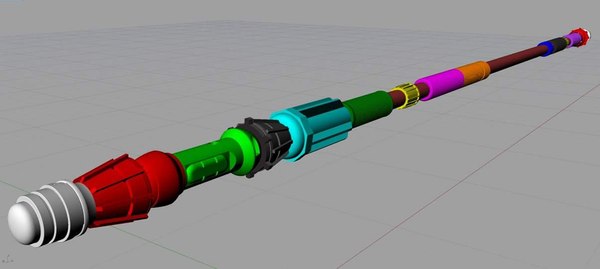From The Above Parameters

Owner: Earp
Group members: 1
802.3bt introduced two new PD topologies -- single-signature and dual-signature. Single-signature PDs share the identical detection signature, classification signature, and maintain power signature between each pair units. That is usually used with single load applications. Twin-signature PDs have unbiased detection signatures, classification signatures, and maintain energy signatures on each pair set. This is right for multi-load applications, like surveillance cameras with a heater. Right now, deployments of twin-signature PDs permit for 51W to be delivered on the PD. However, newer PD deployments are probably to make use of single-signature PDs to save lots of on total product price and make the most of the higher 71W power availability. It is going to be essential to determine if the PSE supports single-signature PDs, twin-signature PDs, or each when planning a deployment. A PSE that supports each will not need to be changed as PDs are up to date.
Both PoE switches and Injectors may be passive or lively, and in the case of active techniques, both devices can differ by way of the amount of voltage they supply. The most important components to contemplate when selecting between an injector and a change, are whether or not you intend on having extra PoE gadgets sooner or later, how easy they're to install, and the price.
Desk 22 shows the ability consumption of standalone Cisco Catalyst 9300 Sequence Switches primarily based on Alliance for Telecommunications Industry Options (ATIS) testing utilizing Internet Mix (IMIX) distribution stream visitors, with input voltage of 115VAC at 60 Hz and no PoE switch loading. The values given are the maximum attainable energy consumption numbers below the respective check scenarios.

From The Above Parameters
Group members
About ✔ Terms ✔Privacy
Say and get NFT
© 2017-2022
«0xbt»
A world without censorship
0xbt[cat]0xbt.net